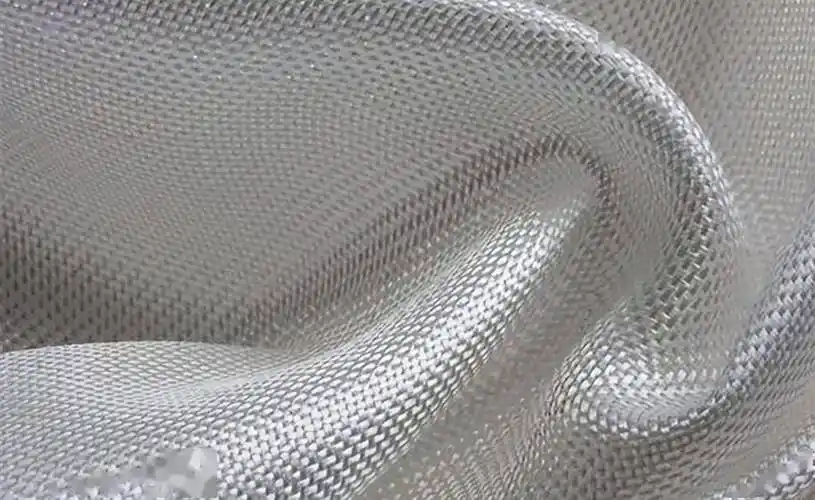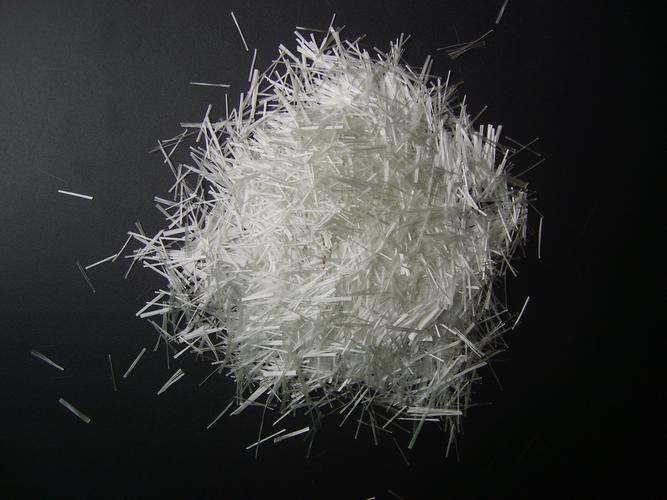The vast majority of fibers used in the composite materials industry are glass fibers. Fiberglass is the oldest and most common reinforcing material used in non aerospace applications, and can replace heavier metal parts. Fiberglass is heavier than carbon, but more impact resistant.
The principle of fiberglass
Depending on the type of glass, filament diameter, sizing chemicals, and fiber form, a wide range of performance and performance levels can be achieved. Glass fibers are provided in bundles. A strand is a collection of continuous glass fibers. Fiberglass roving usually refers to a bundle of untwisted wire bundles, packaged like threads on a large reel. Single ended glass fiber rovings are composed of strands, which contain multiple continuous glass fibers extending along the length of the strands. Multi head roving consists of long but not completely continuous strands, which are added or lowered in a staggered arrangement during the winding process. Yarn is a collection of threads twisted together.

The outstanding performance of glass fiber as a reinforcing material
Electronic glass or electronic glass is named because its chemical composition makes it an excellent electrical insulator, particularly suitable for applications that require radio signal transparency, such as aircraft antenna covers, antennas, and computer circuit boards. When higher strength is required, high-strength glass fiber, first developed for military applications in the 1960s, can be chosen. It is called S-glass in the United States, R-glass in Europe, and T-glass in Japan.

